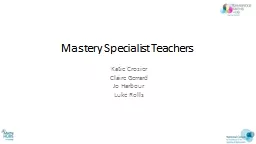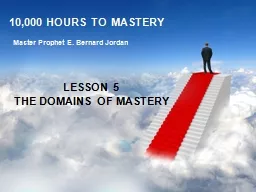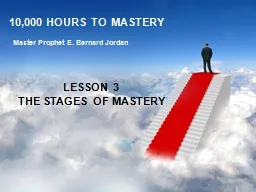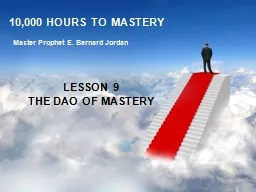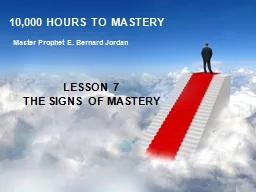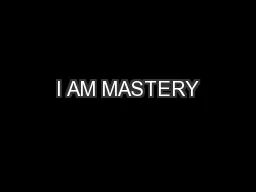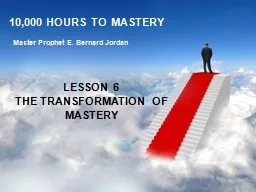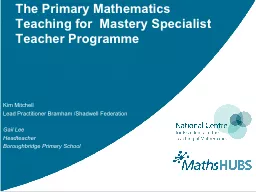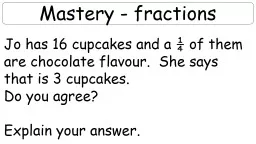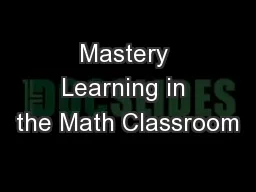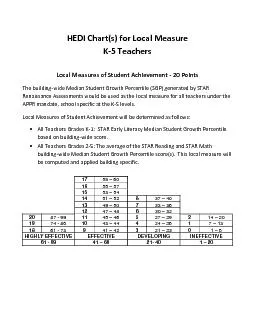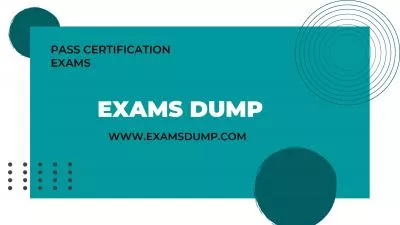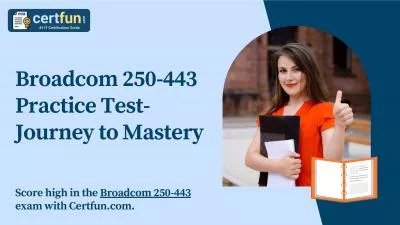PPT-Mastery Specialist Teachers
Author : ellena-manuel | Published Date : 2017-04-05
Katie Crozier Claire Gerrard Jo Harbour Luke Rolls What do we mean by Mastery Deep and sustainable learning for all Depth is the key to avoiding the need to
Presentation Embed Code
Download Presentation
Download Presentation The PPT/PDF document "Mastery Specialist Teachers" is the property of its rightful owner. Permission is granted to download and print the materials on this website for personal, non-commercial use only, and to display it on your personal computer provided you do not modify the materials and that you retain all copyright notices contained in the materials. By downloading content from our website, you accept the terms of this agreement.
Mastery Specialist Teachers: Transcript
Download Rules Of Document
"Mastery Specialist Teachers"The content belongs to its owner. You may download and print it for personal use, without modification, and keep all copyright notices. By downloading, you agree to these terms.
Related Documents

